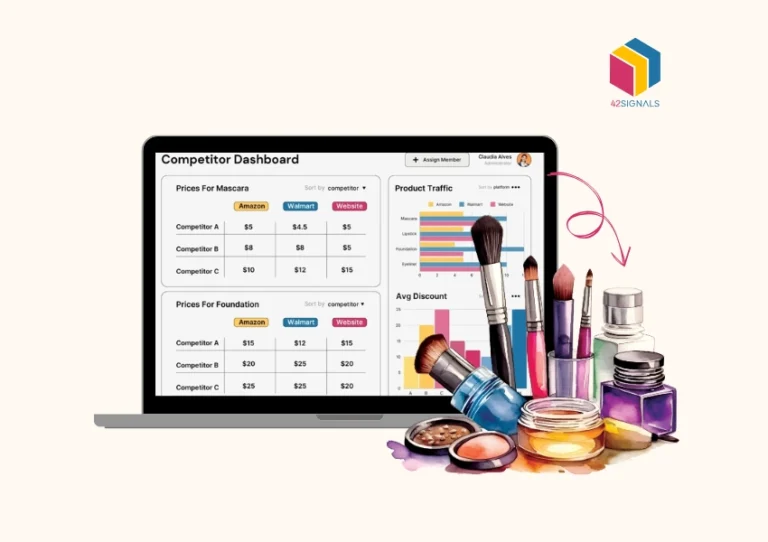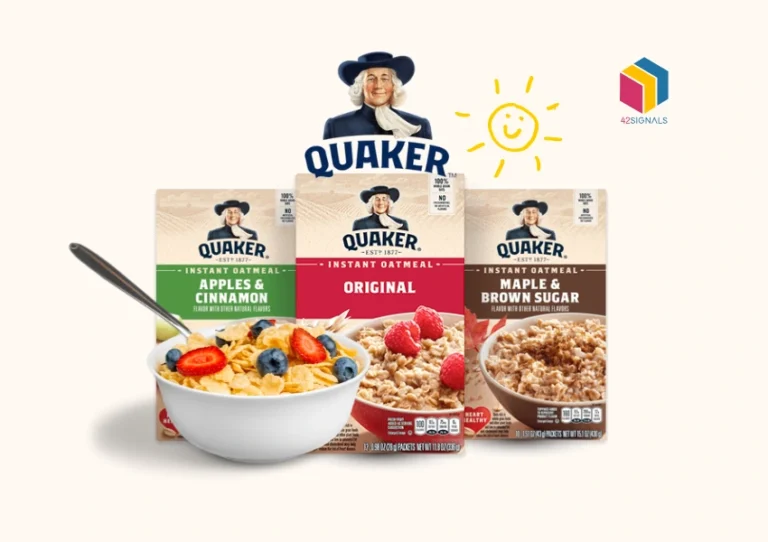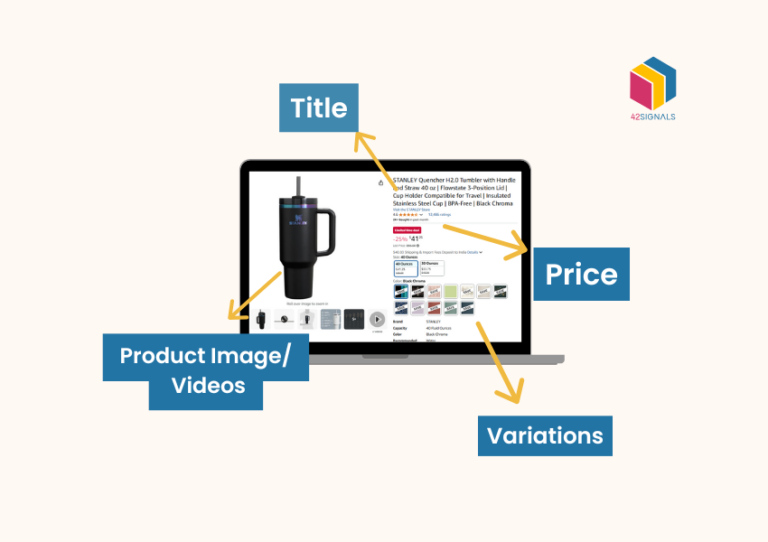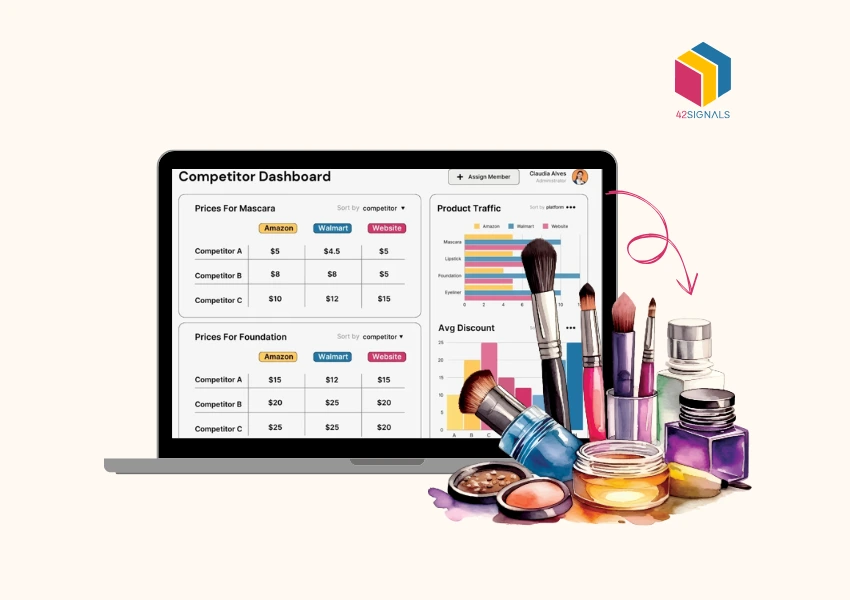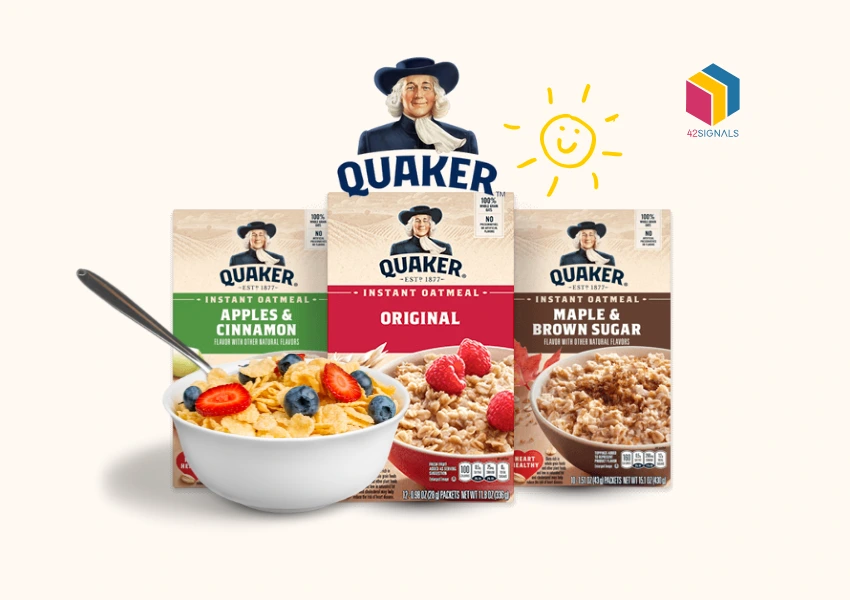As we move deeper into 2025, it’s increasingly clear that pricing strategies are not about offering the lowest price but about positioning your brand intelligently. Those who constantly race to the bottom often sacrifice margins and brand equity. Instead, brands that understand customer psychology, competitive landscapes, and value creation are emerging as category leaders, and that starts with pricing competitors.
One kitchenware brand recently found itself in trouble after trying to match every discount from Amazon. Initially, they saw a boost in sales, but profits quickly disappeared, and the brand’s reputation suffered. This example highlights the danger of treating pricing as a purely reactionary game. Pricing wars may bring short-term wins but usually lead to long-term brand devaluation.
Steps to Begin Pricing Competitors
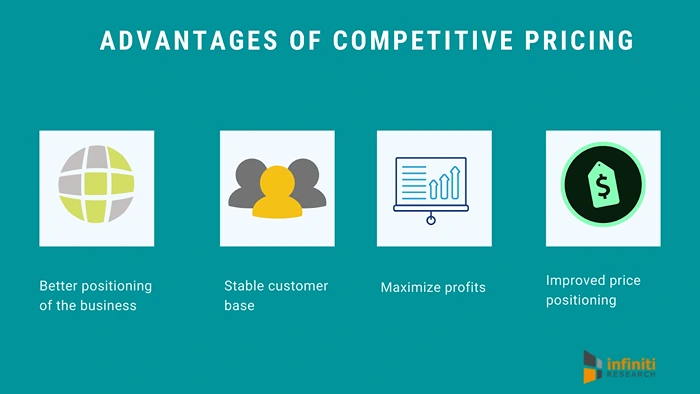
Image Source: Business Wire
To begin pricing competitors, there are a few key aspects that need to be considered. Identifying competitors has become more of a challenge in recent years as the complexities of platforms have increased and are no longer limited to native websites. Here’s a list of steps to start with that can be adopted immediately.
1. Recognize All Forms of Competition
Companies often rely on a familiar list of competitors, but today’s landscape changes quickly. Your threats are no longer limited to traditional rivals but include TikTok shops, Shopify upstarts, and nimble direct-to-consumer brands. The global nature of e-commerce also means you are competing against businesses you may never have heard of, but that still capture your target customers.
Broadening your competitor analysis should include:
- Major Brands: These are the established players you constantly monitor. They typically have larger budgets but may also be slower to innovate.
- Alternative Solutions: Products offering different but related benefits. Think about the customer’s need state, not just direct product matches.
- New Entrants: Fast-moving companies capturing your potential customers’ attention through innovative marketing tactics or novel distribution channels.

Image Source: InterCom
Keeping a dynamic watchlist prevents surprises and ensures your strategy remains relevant. Set a quarterly review process to refresh your competitive intelligence and stay agile.
2. Investigate, Don’t Imitate, Competitor Pricing
While tools like 42Signals offer critical insights into market pricing, they should not dictate your moves without deeper investigation. Competitors often set up “sales” on items that are out of stock just to trigger your pricing algorithms. Falling into this trap can seriously damage profitability without providing any real competitive advantage.
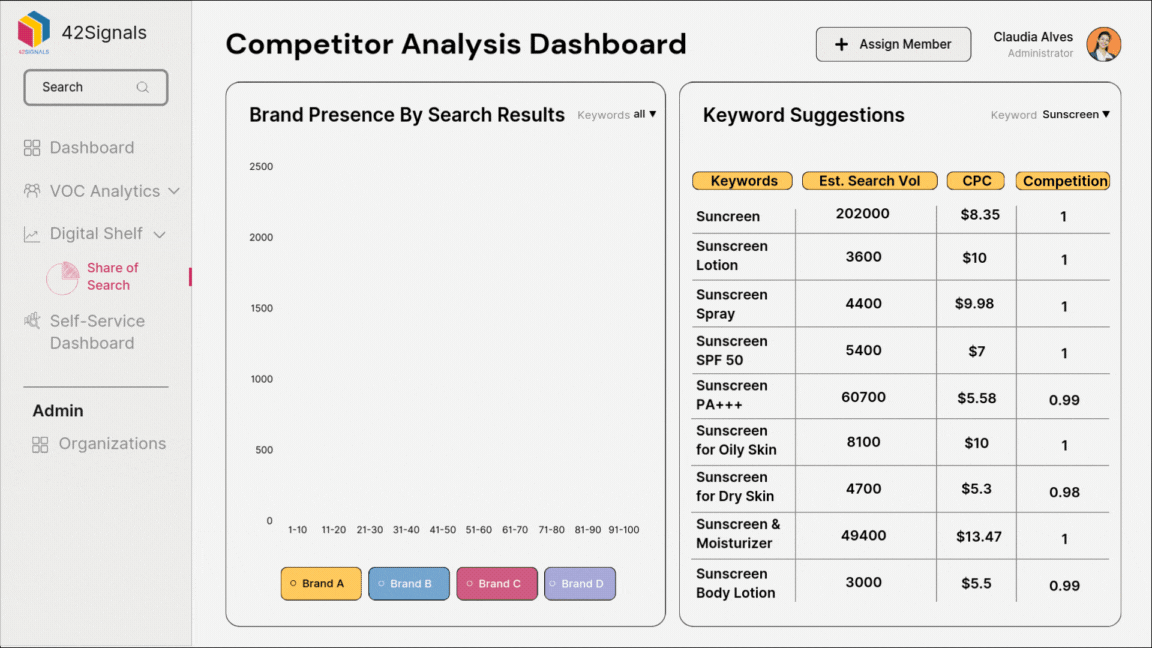
Before taking action on a competitor’s pricing shift, verify its legitimacy. Conduct manual spot-checks if necessary. A smart brand recently encountered this tactic and instead of panicking, launched a “VIP Early Access” campaign. This pivot boosted their revenue by 18% while keeping prices steady. They not only protected their margins but also enhanced customer loyalty by offering a feeling of exclusivity.
In addition, analyzing the timing and context of competitor discounts can reveal deeper patterns—are they clearing out old inventory, struggling to hit quarterly targets, or trying to enter a new market? Understanding the ‘why’ behind price changes provides strategic advantages.
3. Focus on Customer Perception, Not Just Numbers
True pricing strategy goes beyond calculating margins. It’s rooted in customer psychology. Customers rarely perform strict side-by-side price comparisons; instead, they make emotional judgments based on perceived value.

Consider Peloton, which maintained premium pricing by offering live classes and fostering a sense of belonging during an era when competitors slashed prices. This strategy allowed Peloton to build a community-driven brand that commanded loyalty far beyond the physical product.
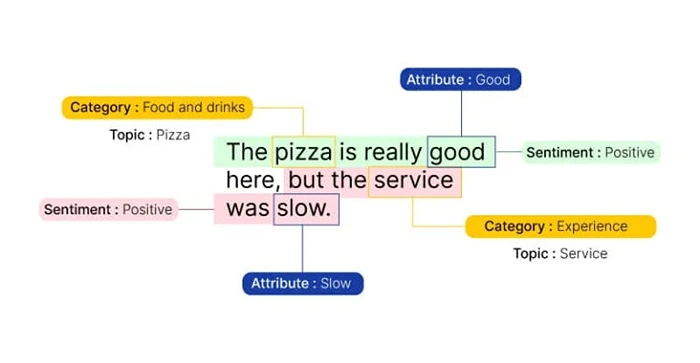
Listening carefully to your customers, conducting exit surveys, and monitoring discussions on platforms like Reddit can reveal what buyers truly value. Often, small adjustments in perceived value, such as improved packaging, better post-purchase support, or storytelling around your brand’s mission, can justify higher pricing far more effectively than a discount could.
Additionally, aligning your messaging with core customer values like sustainability, innovation, or social impact can increase willingness to pay without needing to alter your cost structure significantly.
4. Structure Your Pricing Alerts with Clear Priorities
Too often, brands drown in pricing alerts without distinguishing between critical and non-urgent issues. Implement a triage system to stay focused and prevent burnout in your sales and marketing teams.
- High Priority: Competitors are cutting prices significantly on key products with available inventory. This could threaten your core revenue streams and requires a thoughtful, strategic response, possibly beyond price matching.
- Moderate Priority: Price drops on niche or less popular items. While these might not impact overall brand perception, they can influence long-tail sales and customer perception among price-sensitive segments.
- Low Priority: Promotions that exclude top-performing products. Sometimes, your competitors will run flashy sales that, on closer inspection, don’t affect the products that matter most. Use these moments to reinforce your value proposition rather than reacting defensively.
With structured prioritization, teams can respond decisively where it truly matters, conserving energy and resources for impactful moves.
5. Remember That Delivery Speed is Part of Pricing Value
Pricing competitors with pricing data dashboards cannot be evaluated independently of the total purchase experience. Customers often prefer paying slightly more if it means receiving products faster and more reliably.
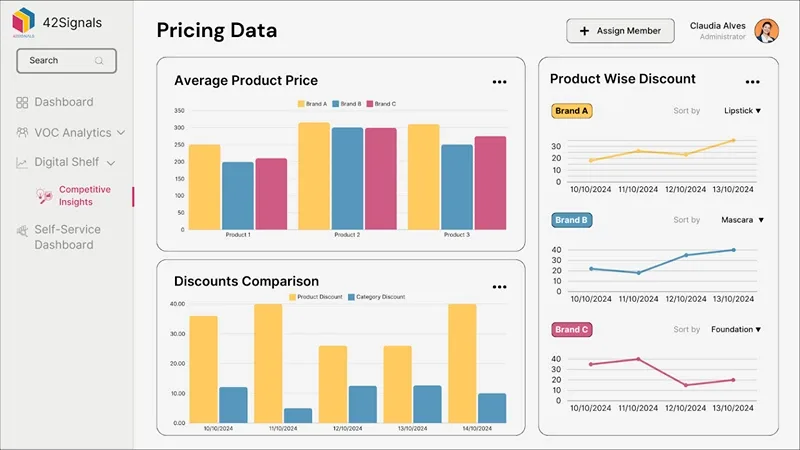
Zappos capitalized on this reality, offering overnight shipping at no extra charge, allowing them to maintain higher price points. Companies focusing solely on sticker price miss the full picture of customer decision-making.
Moreover, investing in logistics capabilities—whether through third-party fulfillment partners or direct operations—can become a competitive differentiator. Highlight shipping options early in the buying process to frame higher prices as justified by service quality.
Research also shows that estimated delivery times are often more important to consumers than free shipping itself. Customers are willing to pay premiums if certainty and speed are part of the promise.
6. Differentiate with Personalization and Added Value
When confronted with lower-priced competitors, one coffee company chose not to engage in price wars. Instead, they introduced initiatives like custom flavor options, personalized quizzes, and local delivery upgrades.
These enhancements resulted in a 33% drop in price-sensitive customer behavior and a 21% increase in margins. Building emotional connections and tailored experiences creates resilience against aggressive discounting.
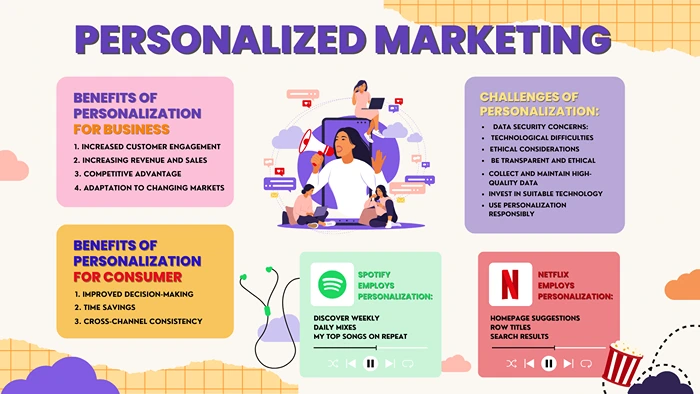
Image Source: Marketing 360
Personalization can take many forms—from tailored recommendations to loyalty programs that reward specific behaviors. Even simple touches, like birthday offers or “thank you” notes included with orders, enhance perceived value and customer stickiness.
Brands that master personalization tend to see higher customer lifetime value and lower churn rates. It’s not just about making the sale today; it’s about ensuring that the customer remains loyal tomorrow.
Final Reflections on Pricing Competitors: Be the Brand Others Follow
The companies that dominate in 2025 will be those that dictate market narratives rather than follow others’ pricing tactics. Strategic investment in customer experience and value differentiation will allow you to set the pace.
- Choose one key product and enhance its value proposition meaningfully. Measure the results over the next 45 days. Implement customer feedback loops and adjust based on real-world behavior, not just internal assumptions.
- In parallel, track your competitors’ reactions—if they start copying your value additions or promotional strategies, it means you are setting the agenda. Continue evolving before they catch up.
- Sustainable pricing competitors’ strategy is not about adjusting to market forces—it’s about shaping them. Brands that innovate with purpose and discipline will not only protect their margins but will also become the benchmarks others aspire to meet.
The real competition is not who can lower prices the fastest. It’s who can build trust, loyalty, and value in a way that no discount can undermine.
Try 42Signals for free if you are interested in seeing this in action.

